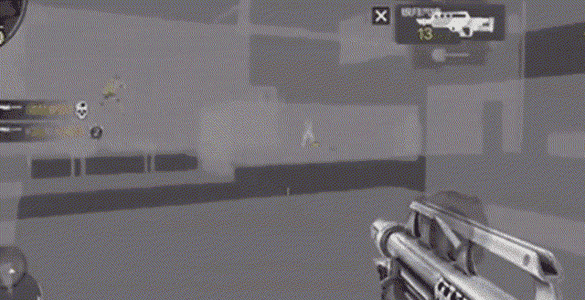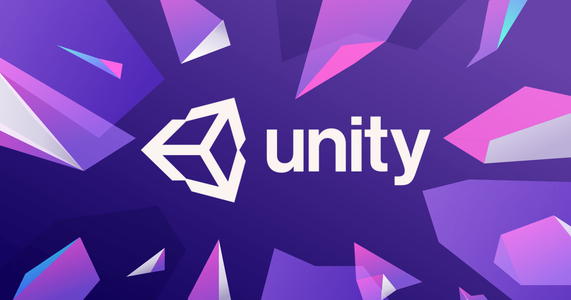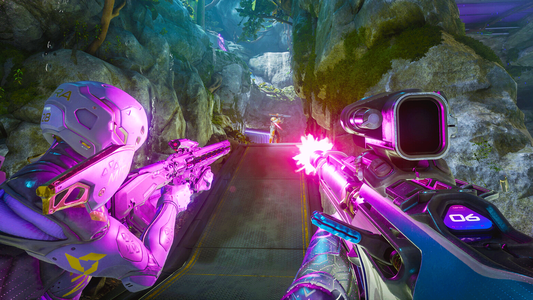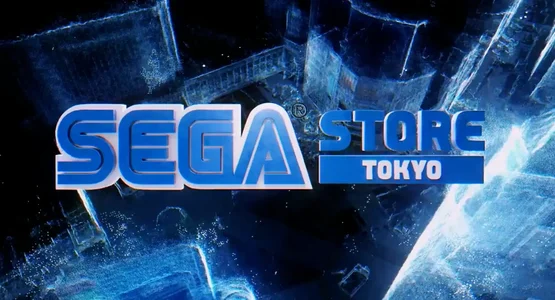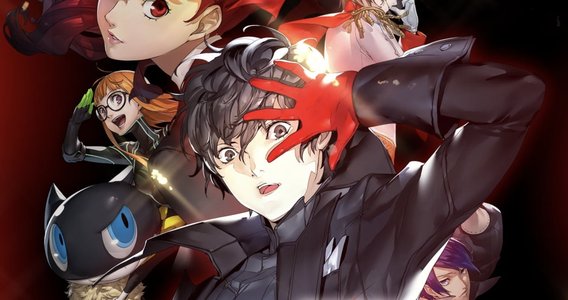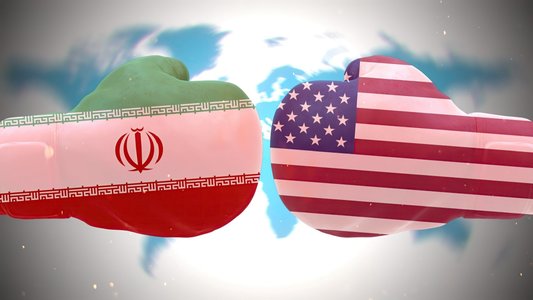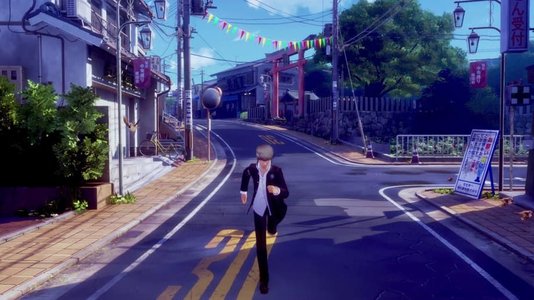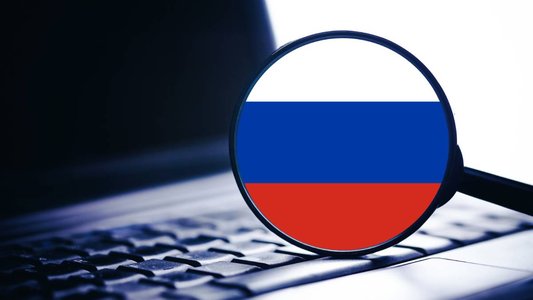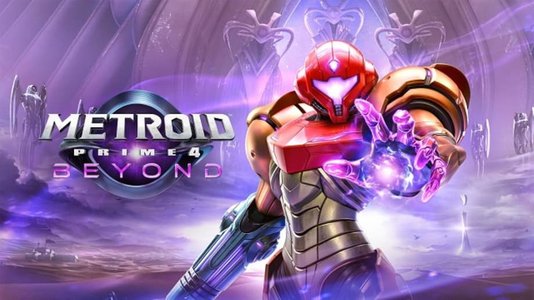The term Unity wallhack frequently appears in discussions around game cheating, particularly within the Unity game engine community. A Unity wallhack is a cheat that allows players to see through walls or other solid objects in Unity-based games. Essentially, it bypasses the normal line-of-sight and clipping constraints intended by developers. By rendering opponents even when they should be occluded, a Unity wallhack grants unfair advantages—such as anticipating enemy movement, pre-aiming corners, or avoiding threats unseen. In competitive multiplayer settings, this clearly violates both the spirit and the letter of fair play.
This post explores what is wallhack, how games detect wallhack, and the threat it poses. Drawing from JikGuard’s insights on “see-through” vulnerabilities in game environments and their robust solutions, we’ll unpack how Unity games can get exploited. We’ll also break down practical detection strategies and anti-cheat solutions to reinforce gameplay integrity.
In its most basic form, a wallhack manipulates rendering pipelines or memory data—often by disabling depth testing or altering transparency flags—so that hidden players become visible. This cheat type is sometimes referred to as “ESP” (Extra Sensory Perception) or “see-through hack,” as noted by anti-cheat specialists at JikGuard when describing vulnerabilities in client-server visibility models.
What is wallhack?
The concept of wallhack
A wallhack is a cheat that grants players the harmful ability to see through walls and obstacles. In real-world terms, imagine being able to peer through solid concrete walls: this is the kind of advantage it offers. In a Unity-based shooter or action game, a Unity wallhack subverts the engine’s rendering rules, ensuring the renderer draws enemy models regardless of occlusion. This means an opponent behind a barrier remains fully highlighted on the cheater’s screen, even when they should be completely invisible.
Technical workings in Unity environment
Unity game engines rely on cameras, depth buffers, and occlusion culling to determine visibility. A Unity wallhack manipulates one or more of these systems by:
▪ Disabling or overriding the depth buffer so hidden meshes still render.▪ Patching shaders to render hidden player materials using outline or silhouette effects.
▪ Modifying memory to mark enemy objects as always visible, bypassing occlusion culling.
▪ Injecting code or DLLs to intercept rendering pipelines at runtime.
These techniques fall under the broader category of "see-through" cheats referenced by JikGuard as a common attack vector in anti-cheat solution discussions.
Why Unity wallhack is a widespread issue
Popularity of Unity engine
Unity powers thousands of games across mobile, desktop, and console platforms. Its popularity makes it a frequent target for cheat developers, who craft universal tools to exploit commonly shared engine systems. Without robust anti-cheat layers, many Unity titles inadvertently expose themselves to ESP-style hacks.
Client-side rendering vulnerability
By design, Unity (like many other engines) trusts the client to process visibility. This means the server transmits full game state—including the positions of distant or hidden players—leaving the client responsible for visibility logic. If visibility is circumvented locally via a wallhack, the client happily reveals data that it shouldn’t.
JikGuard’s “see-through” cheat evaluation
As JikGuard describes in their anti-cheat blog, “see-through” exploits rely on the client receiving full state data. By hacking the client-side rendering, cheaters expose player locations via transparency or hack tools. Their product focuses on protecting critical areas of memory and rendering pipelines to deny the cheat data or occlude it properly, enforcing server-side visibility assumptions.
How games detect wallhack
Common anti-cheat strategies
Game developers and anti-cheat platforms implement several layered methods to detect wallhacks:
▪ Server-side visibility checks: Servers can withhold positional data of hidden players until they’re legitimately visible—similar to Riot’s “Fog of War” method.▪ Client behavior anomaly detection: Servers analyze player actions that suggest pre-knowledge—such as turning too swiftly toward enemies behind walls—and flag such anomalies for review.
▪ Integrity verification: Anti-cheat tools scan for injected DLLs or modifications in rendering code that could alter shaders or depth buffers.
▪ Memory pattern detection: Signatures of known cheat libraries or altered shader flags are recognized and trigger flags.
▪ Machine-level checks: Kernel-mode anti-cheats (e.g., Riot Vanguard) monitor system-level hooks or modifications blocking depth buffers from functioning correctly.
JikGuard’s engine protection layers
JikGuard applies multiple defensive layers:
▪ Guarding rendering pipeline entries to prevent unauthorized hooking.▪ Detecting runtime shader patching attempts.
▪ Preventing “see-through” cheats via whitelist verification of depth buffers.
▪ Securing process memory to block injection of external render interceptors.
Their solution wraps around Unity, ensuring only correctly rendered frames are shown to players, and anomalies triggered at the render API level are flagged or blocked.
Advanced detection methods
Fog-of-War and server-enforced occlusion
Riot’s VALORANT uses server-driven “Fog of War” to avoid the client ever receiving positional data on obscured players. This ensures a Unity wallhack has no data to reveal, effectively neutralizing client-side exploits. Similar approaches are increasingly common in competitive shooters.
Behavioral analytics and telemetry
Cloud-driven analytics monitor player movement, aim, and threat response. If a suspicion arises—like taken precise pre-firing before visual contact—the system logs a behavioral anomaly. Persistent pattern matches typical of wallhack usage often trigger investigations.
Community and spectator reporting
Many platforms employ spectator modes and community reviews. Matches can be flagged for suspicious events, reviewed by trusted users or administrators. This human layer enhances algorithmic checks and helps validate false positives.
Mitigations for Unity developers
Obfuscation and IL2CPP builds
As suggested by Unity forums, IL2CPP builds convert managed code to native, making reverse engineering harder. Additional code obfuscation and asset encryption further increase the barrier for cheaters attempting to inject Unity wallhacks.
Server-side authority and culling
Shifting visibility logic to the server means players only receive data for things they’re allowed to see. This prevents cheats from displaying hidden players—even if rendering is compromised.
Runtime anti-cheat layer integration
Integrating kernel-level anti-cheat or trusted user-mode libraries can prevent unauthorized calls into rendering APIs. JikGuard’s approach employs runtime injection detection to prevent shader patching and buffer hijacking.
Key technical specifications for anti-wallhack layers
▪ Depth-buffer protection: Enforces write-only access from Unity’s core rendering pipeline.
▪ Shader integrity checks: Validates checksums on runtime shader modules.
▪ Memory region guarding: Protects address ranges for render-related DLLs.
▪ Server-side visibility enforcement: Position updates only transmitted after raycast-based visibility checks.
▪ Behavioral telemetry: 99th percentile anomaly detection on suspicious crosshair movement.
▪ Spectator review integration: Automated ticketing when server flags are triggered.
Case study: JikGuard’s wallhack defense
JikGuard’s Game Protection product explicitly mitigates “see-through” exploits by hardening rendering and data transfer layers. By applying protection directly on the Unity engine, they intercept shader and pipeline calls, ensuring any manipulation attempt results in detection or enforcement—we either wipe the visuals or block the game session entirely. This method aligns with their blog emphasis: closing off client vulnerabilities where Unity wallhacks operate, and safeguarding memory and rendering integrity.
Best practices for game studios
Implement “never trust the client” architecture
Centralize visibility and authoritative data on the server, disallowing clients from making visibility decisions. This greatly reduces the effectiveness of Unity wallhack or ESP cheats.
Build cheat-resistance early
Following JikGuard’s approach, integrating anti-cheat solutions early in development prevents architectural holes that are hard to retrofit later.
Layer multiple detection types
Combine integrity checks, memory guards, behavioral heuristics, and human reviews to create overlapping defense zones—making it much harder for cheats to avoid detection.
Continuous updates and telemetry
Cheat authors adapt quickly. By monitoring, analyzing patterns, and continuously updating defenses (e.g., rotating shader checksums), you increase the cost for cheat creators and keep ahead tactically.
Conclusion
Unity wallhacks pose a serious threat to fair online gaming. By exploiting client-rendering mechanisms, cheats can reveal hidden opponents and disrupt gameplay balance. However, best-in-class anti-cheat systems coupled with server-side visibility models, integrity verification, runtime protections, and behavioral analytics form a robust defense strategy. The responsibility lies with developers to embrace a multi-layered, proactive stance: securing rendering pipelines, enforcing data integrity, and committing to continuous adaptation against evolving threats.
For developers looking for a comprehensive and seamless game protection solution, JikGuard Game Protection offers cutting-edge encryption and anti-cheat technology to ensure your game remains secure without compromising performance.Why Choose JikGuard Game Protection?
√ On-Demand Security Assessment:
Not sure if your game needs encryption? JikGuard provides free security testing and reports, helping you identify potential risks through penetration testing and in-depth analysis.√ Minimal Performance Impact:
JikGuard’s encryption system only decrypts resources when needed, ensuring that files remain encrypted in the cache and have virtually no effect on loading speed or game smoothness.√ Seamless Multi-Channel Packaging:
Supports mother package encryption, meaning all sub-packages remain protected without requiring additional processing for different distribution channels.√ No SDK Required:
Unlike traditional solutions, JikGuard does not require SDK integration—simply run a command, and the encryption process is handled automatically.√ Ultra-Low Performance Overhead:
▪ CPU usage increase: <0.2%▪ Memory consumption: <1MB
▪ Startup time increase: <25ms
▪ Package size increase: <1.3MB
Ensuring a smooth and seamless gaming experience.
With JikGuard Game Protection, you can focus on game development while ensuring top-tier security against cheats, resource leaks, and competitive analysis. Protect your game today and keep your vision intact!
- Explanation of Game Anti-Cheat Solutions

